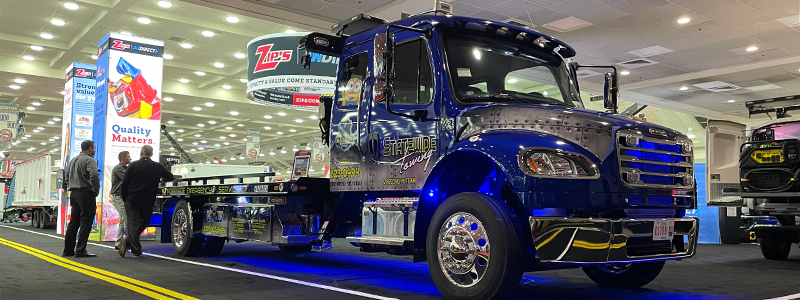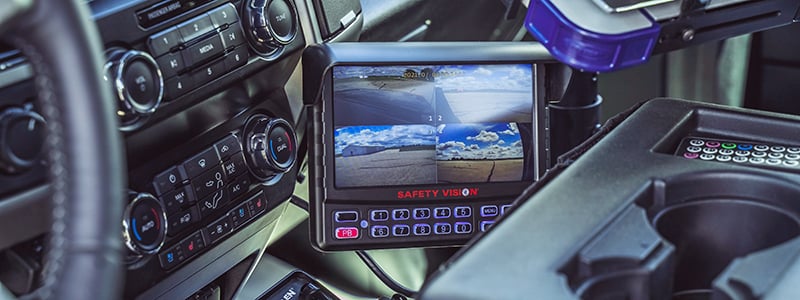Choosing & Caring for Winch Lines
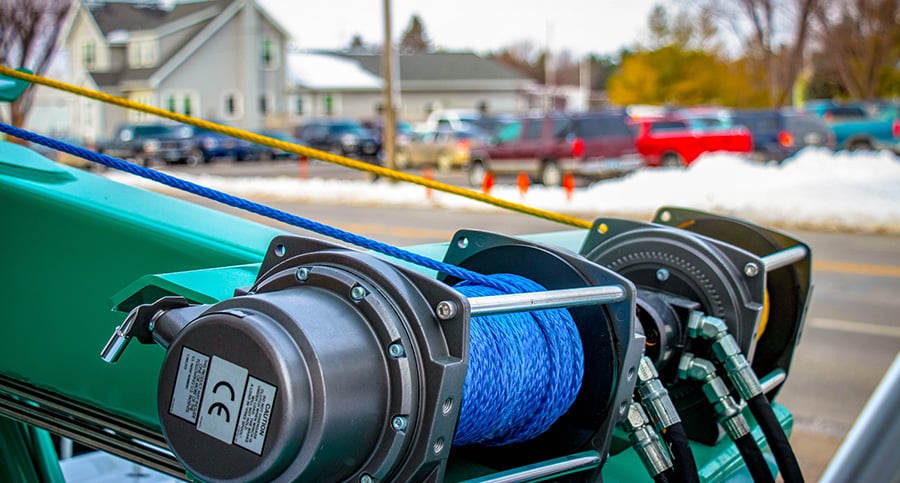
Understand the different pros and cons of different types of winch lines. Additionally, know how to take care of winch lines correctly.
Wire winch lines, commonly called steel wire rope, are the heart vehicle recovery operations. A damaged line is a serious safety issue and a broken one removes a recovery vehicle from service. This article will cover the basics of winch lines, winch line inspection, and how to select a new winch line.
Rope Cores: Rope cores serve as the foundation for the strands. They keep the rope round and strands properly positioned.
There are 3 different core types: fiber core, independent wire core (IWRC) and strand core. Fiber core offers the greatest flexibility. It is commonly made of polypropylene fibers, but natural fiber options are also available.
Independent wire rope core (IWRC) is available in bright, galvanized, and stainless steel configurations. It is the strongest type of core available and has 10-15% higher work load limit than fiber core.
Strand Core is made of stands of wires. It is least flexible of the three types discussed and is mostly used on utility cables.
Rope Grades: The most common rope today is extra improved plow steel (EIP or XIP). It is typically used on winch lines and generally has 15% stronger break strength than improved plow steel grade (IPS). Extra extra improved plow steel grade (EEIP or XXIP) is also available for added strength in higher rated equipment.
Rope Types: Bright wire is un-coated and is the most commonly used winch line. Another option is galvanized wire, which improves corrosion resistance. However, galvanization can reduce a wire’s strength up to 10% compared to bright wire unless the wire is drawn again.
Stainless steel wire contains chromium and nickel. It is very corrosion resistant and used primarily on yachts or as control cables.
Construction: Construction determines how the wire rope performs. For instance, a 6 x 19 rope will have 6 strands of rope that have between 19 to 26 wires. Each added wire makes for better abrasion resistance. A 6 x 37 construction has 27 to 49 wires and is more flexible, while a 19 x 7 construction is rotation resistant.
Lay: There are two categories of lay, directional lay and lay orientation. Directional lay refers to what direction the strands of the rope face when you are looking down the rope, and lay orientation refers to the direction the wires within the strands are twisted.
Directional lay is either right or left. Lay orientation is either regular or lang. In regular lay, the wires are twisted in one direction while the strands are twisted in the opposite direction. In lang lay, the wires are laid in the same direction as the strand in the rope.
Regular lay ropes are less likely to untwist. They are also less likely to fail because of crushing and distortion; however, they are less flexible than lang lay ropes. Wire winch lines use right regular lay construction.
Design Factors: Design factors are safety factors required by government and industry organizations for wire rope. While they vary depending on application, typical towing winch lines have a 3:1 design factor, while lifting wire ropes have a 5:1 factor.
During a winch line’s “useful life” all wire rope will gradually lose strength due to surface wear and metal fatigue. Metal fatigue is caused by normal use of the winch line but is made worse by excessive bending, which can be caused by a sheave that is too small.
Inspecting your winch lines periodically for damage can save you many headaches on the road. Below is mechanical damage to look for when inspecting your winch line and determining whether to remove it from service.
- Hook damage: Look for any cracks or deformation of hooks. If the throat opening has been enlarged by 15% or twisted out of plane by 10%, it needs replacing.
- Broken Wires: Pulling winch lines across edges, fatigue or overload can all break individual wires. If you find five or more broken wires in a single strand or 10 or more in one lay, the wire should be replaced.
- Wear: Dragging a winch line on the ground or loading over the winch line will cause flat areas on individual wires of the cable. If these wires have lost 1/3 or more of the original diameter the line needs to be taken out of service.
- Corrosion/Heat Damage: Any discoloration from rust or lack of lubrication promotes fatigue. If the wire rope is severely pitted or individual wires rusted through, replace the line. Fiber core slings need to stay below 180°F and steel core below 400°F. Exceeding these heats greatly reduce wire rope strength.
- Kinking: Shock loading or forcing the line against an edge causes bent strands. This prevents the rope from rotating properly and greatly reduces its strength, making it necessary to replace the rope. Use load pads to protect the line and prevent this.
- Crushing: A load set on top of a winch line can flatten the cable. This has the same effect as kinking, making it necessary to remove the line from service.
When you are inspecting your winch line and have not found any damage that would require replacement, it is an ideal opportunity to lubricate the line to get the maximum service life possible. Be sure to use a lubricant especially made for wire rope. Proper lubrication reduces internal friction within the wires and strands of the wire rope. In addition, it protects the rope from oxidation and corrosion.
When selecting a new winch line it should be based on the diameter, length and type recommended by the winch manufacturer for the model of winch you own. This information can be found on the winch nameplate, otherwise you can contact the winch manufacturer or local supplier.
Beyond making sure your rope is compatible with your winch, there are a few other things you may want to consider. First, swivel hooks will help relieve rotational tension as the rope moves, so you may want to invest in them. Also, keep in mind that imported ropes can provide substantial cost savings without sacrificing quality.
To reduce damage to whatever winch line you choose, use roller guides and tension plates. These aid in the proper winding of wire rope on the winch drum.
Periodic inspections and lubrication of your winch line will save your business money, but more importantly, keep your employees safe and your customers happy. That is the heart of our industry.
See all our Winch Line Products >>


%20blog%20thumbnail.png)
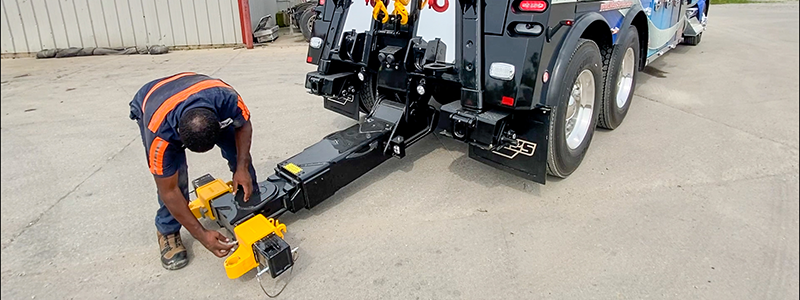
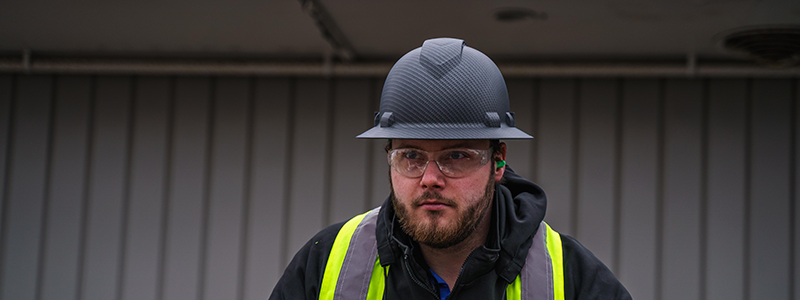
%20blog%20thumbnail.png)
